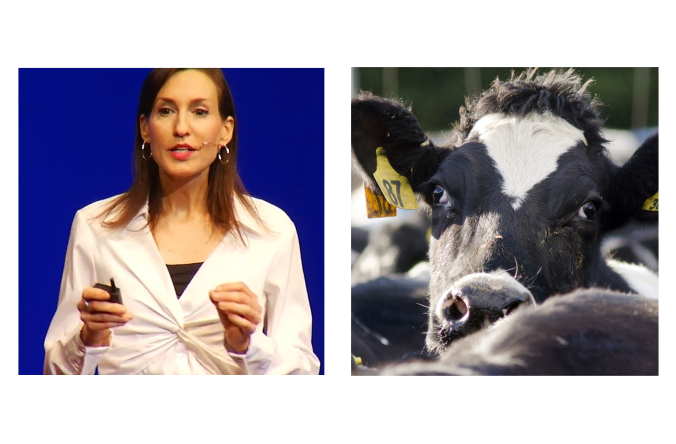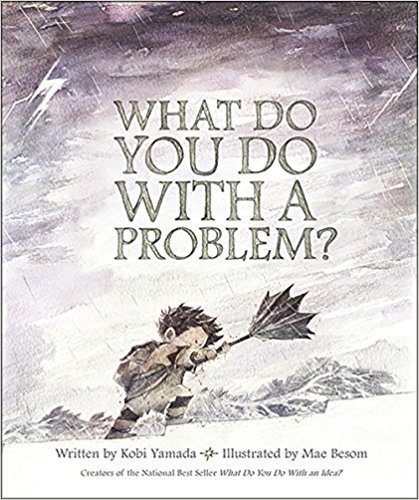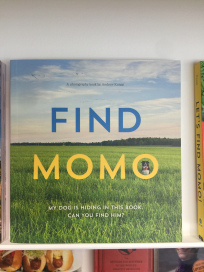
Left: Melanie Joy at the Tedx event (2015) Right: A factory farm cow (CELDF 2017)
Dogs are biologically engineered to protect those around them, due in part to the fact that they are a pack animal. They’re good-nature and loyalty has seen them become a household pet within hundreds of thousands of homes; with the RSPCA estimating that there are 4.2 million dogs in Australian homes. It is clear then why dogs are continually personified in entertainment and animation.
My relationship with my dog is also of loyalty and friendship. These feelings create an air of humanity around my dog, with this phenomena known as anthropomorphism. “Anthropomorphism is the attribution of human characteristics to a nonhuman object or being such as a plant, animal, geological feature, or deity” (Mercadal, 2017). As I have grown up with my dog I have slowly created more of these human links between my dog and I; little things like asking him questions that I know he doesn’t understand or clothing him when he has a warm coat of fur. These things continually strengthen this idea that my dog is less of a dog and more of a human. I treat my dog with the utmost respect and decency, the same I would give to any human.
If I treat my dog so well then why is it that I cannot do the same to pigs, cows and chickens or for that matter, any animal that I choose to consume? This idea of labelling different animals as being more worthy of our care and admiration is explored through the work of Melanie Joy and her idea of carnism. Carnism is the idea that some animals deserve our love while others deserve to be eaten (Joy, 2015). Melanie Joy outlines in her research that carnism is ‘invisible ideology’ which creates the idea that certain animals are edible, and others are not (2015).
An analogy first proposed by Melanie Joy centres on the idea that you yourself have just eaten a delicious meat dish from a host. You are so impressed with the dish that you ask your host if you could have the recipe, the host responds with ‘the secret ingredient is the golden retriever’ (Joy, 2015). This analogy illustrates the change in perception that people have when they think of meat as coming from the flesh of a dead animal. As in, the commonly personified animal of the dog has been subjected to the same violent death that a factory farmed cow would succumb to. This ethical dilemma stems from the problem that the name of meat is commonly different to that of the animal it came from, for example beef and a cow or bacon and a pig (Joy, 2001). This invisible ideology of carnism is promulgated by the meat and dairy industries who stand to profit from the consumption of animal products.
Joy’s book Why We Love Dogs, Eat Pigs, and Wear Cows attempts to break down the ideas surrounding our anthropomorphism of certain species of animals. Her work surrounding carnism has pushed my own understanding and relationship with food. Over 9.8 billion animals are slaughtered in factory farms in America every year, with many of those animals unseen to the public who consume them (Joy, 2011). This forced me to think of the amount of animals I’ve eaten over the years, of probably none I have seen with my own eyes.
The anthropomorphism of household pets is a form of social conditioning, the same social conditioning that has allowed me to eat dead animals for all these years.
Works Cited
Joy, Melanie, and John Robbins. Why We Love Dogs, Eat Pigs, and Wear Cows: An Introduction to Carnism: The Belief System That Enables Us to Eat Some Animals and Not Others. San Francisco: Conari, 2011. Print.
Joy, M. (2001). From Carnivore to Carnist: Liberating the Language of Meat. Satya 8(2), 26.
Mercadal, Trudy. “Anthropomorphism.” Salem Press Encyclopedia (2017): n. pag. Web.
Toward Rational, Authentic Food Choices. Perf. Melanie Joy. Ted, 2015. Web.
“What Is Carnism?” Carnism | Beyond Carnism. N.p., 2017. Web. 31 Mar. 2017.
Advertisements Share this:





